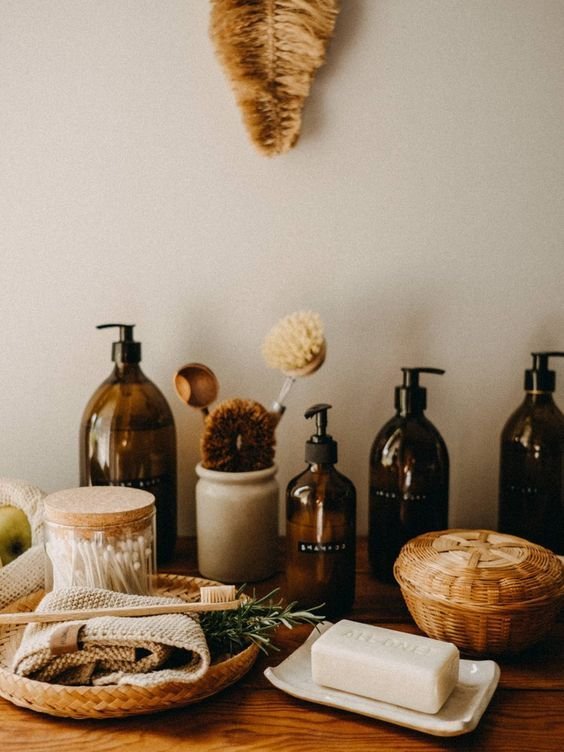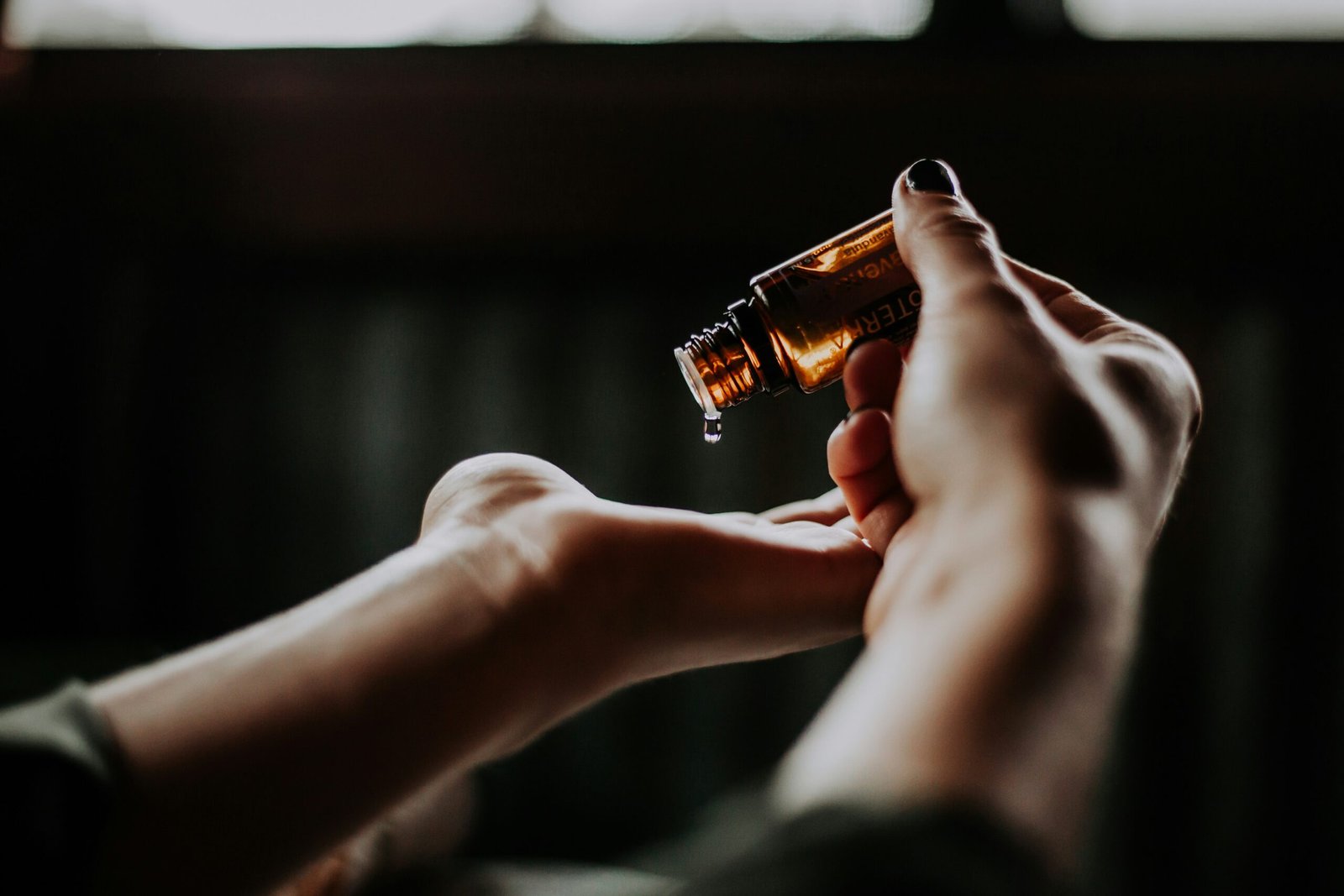
Body oils are a luxurious addition to your skincare routine, offering deep hydration and nourishment. Typically, they combine carrier oils and essential oils, each bringing unique benefits to the table.
What Are Carrier Oils?
Carrier oils are plant-based oils renowned for their skin-enhancing properties. Popular options include:
- Apricot Oil: Lightweight and rich in vitamins.
- Almond Oil: Moisturizing and soothing.
- Olive Oil: Packed with antioxidants.
- Grapeseed Oil: Lightweight with quick absorption.
- Coconut Oil: Deeply hydrating (use fractionated coconut oil for non-comedogenic properties).
- Jojoba Oil: Mimics skin’s natural sebum, making it perfect for all skin types.
What Are Essential Oils?
Essential oils are concentrated plant extracts made by steaming or pressing flowers, leaves, bark, or fruits. Popular essential oils for skincare include:
- Lavender Oil: Soothing and calming.
- Peppermint Oil: Refreshing and invigorating.
- Tea Tree Oil: Known for its antibacterial and anti-inflammatory properties.
- Lemon Oil: Brightens and refreshes the skin.
Ingredients:
- 2 tablespoons grapeseed oil (or your chosen carrier oil).
- 1 tablespoon jojoba oil.
- 3–5 drops tea tree oil (or another essential oil).
- 3 drops vitamin E oil (optional).
Benefits of Key Ingredients:
- Jojoba Oil: Rich in fatty acids, vitamin E, and antioxidants. It deeply moisturizes, locks in hydration, maintains the skin barrier, calms inflammation, and protects against free radicals.
- Grapeseed Oil: Lightweight and antimicrobial. Contains linoleic acid, vitamin E, and phenolic compounds to brighten skin, reduce fine lines, and promote an even complexion.
- Tea Tree Oil (diluted): Contains terpenes like terpinen-4-ol, offering antibacterial, antifungal, and anti-inflammatory properties.
Instructions:
- Combine grapeseed oil and jojoba oil in a small bowl or glass bottle.
- Add essential oils and vitamin E oil (if using).
- Mix well to evenly disperse the essential oils.
- Transfer to a glass bottle with a dropper or pump for easy application.
How to Use:
- Apply a small amount to clean, damp skin after a shower.
- Use 2–3 times a week to avoid over-hydration if your skin is very oily.
- Massage gently until absorbed, focusing on areas prone to dryness or irritation.
Tips for Oily/Acne-Prone Skin:
- Always patch test new oils to ensure they don’t cause irritation or breakouts.
- Avoid over-application—just a few drops are sufficient.
- Stick to lightweight oils and avoid heavier options like coconut oil (unless it’s fractionated and non-comedogenic).
By choosing the right combination of oils and following these tips, you can achieve healthy, balanced skin without clogging your pores. Start your journey to glowing skin today with this easy DIY recipe!

